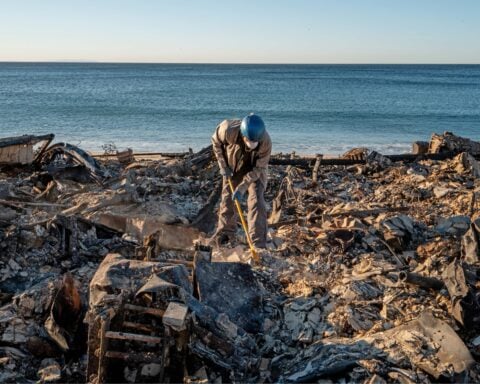(CNN) — SpaceX’s Polaris Dawn crew is home, capping off a five-day mission to orbit — which included the world’s first commercial spacewalk — by splashing down in the Gulf of Mexico.
The Crew Dragon capsule carrying four astronauts landed off the coast of Dry Tortugas, Florida, at 3:37 a.m. ET Sunday.
The Polaris Dawn mission made history as it reached a higher altitude than any human has traveled in five decades. A spacewalk conducted early Thursday morning also marked the first time such an endeavor has been completed by a privately funded and operated mission.
But returning to Earth is among the most dangerous stretches of any space mission.
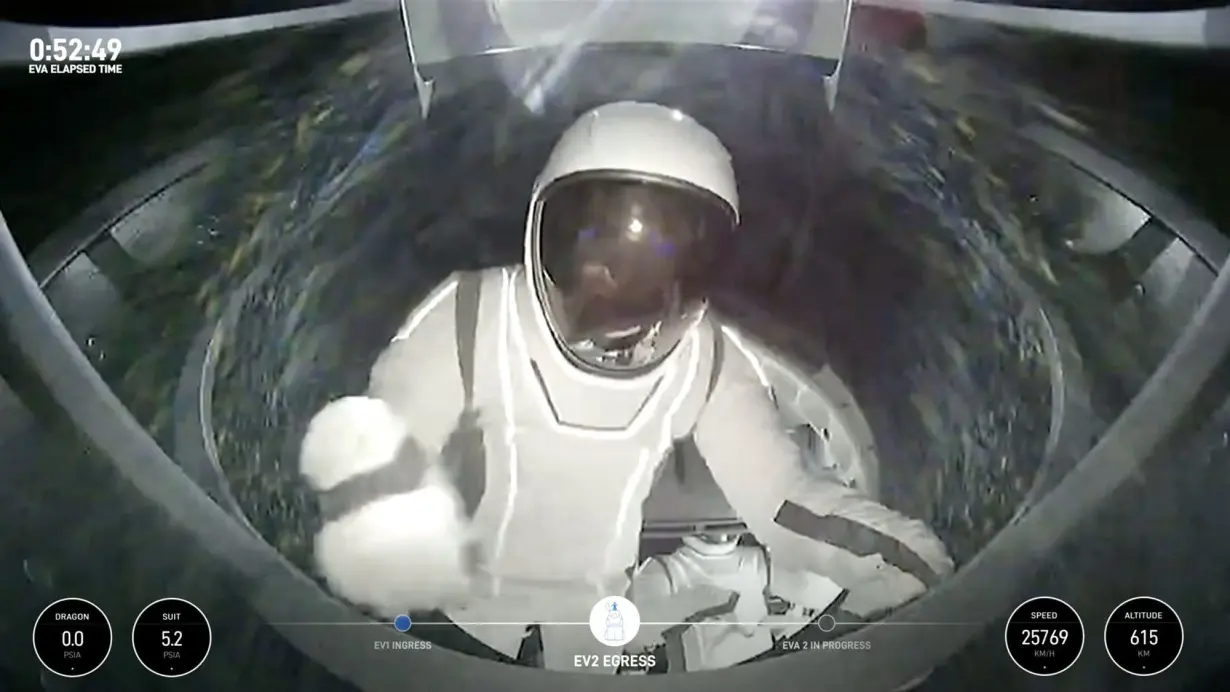
To safely reach home, the Crew Dragon capsule carried out what’s called a “de-orbit burn,” orienting itself as it prepared to slice through the thickest part of Earth’s atmosphere.
The spacecraft then reached extremely hot temperatures — up to 3,500 degrees Fahrenheit (1,900 degrees Celsius) — because of the pressure and friction caused by hitting the air while still traveling around 17,000 miles per hour (27,000 kilometers per hour). The crew, however, should have remained at comfortable temperatures, protected by the Crew Dragon’s heat shield, which is located on the bottom of the 13-foot-wide (4-meter-wide) capsule.
Dragging against the air began to slow the vehicle down before the Crew Dragon deployed parachutes that further decelerated its descent.
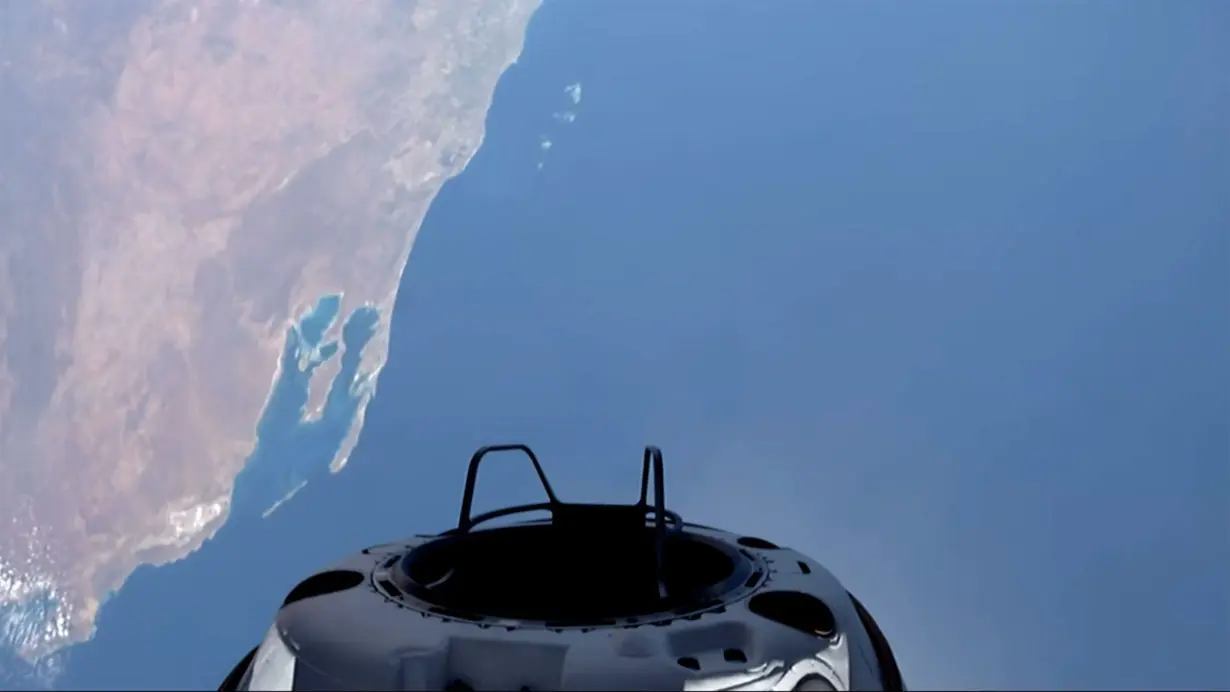
Having hit the ocean, the spacecraft briefly bobbed around in the water until rescue crews waiting nearby hauled it out of the ocean and onto a special boat, referred to as the “Dragon’s nest.” Final safety checks took place there before the crew disembarked from the capsule and began the journey back to dry land.
A historic flight
The Polaris Dawn crew includes mission commander Jared Isaacman, the billionaire CEO of the finance company Shift4 Payments; his close friend and former US Air Force pilot Scott “Kidd” Poteet; and SpaceX operations engineers Anna Menon and Sarah Gillis.
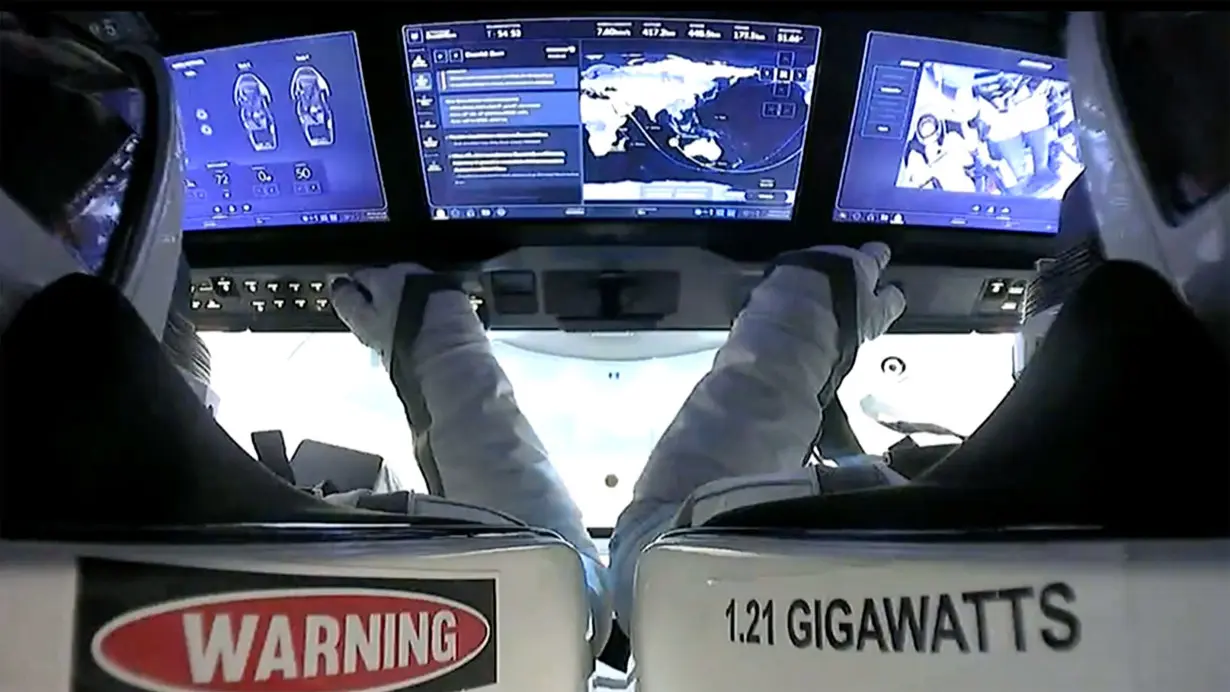
The quartet kicked off this mission by breaking an altitude record, reaching an orbit around Earth that extended as high as 870 miles (1,400 kilometers). That’s the highest Earth orbit ever traveled by humans, beating a 1966 record set by NASA’s Gemini 11 mission, which reached 853 miles (1,373 kilometers).
The crew’s apogee — or farthest point from Earth — made Gillis and Menon the first women ever to fly so far from our planet.
The apogee also marked the farthest any human has journeyed since NASA’s Apollo Program ended in 1972.
The Crew Dragon capsule then lowered its altitude to carry out the spacewalk.
The high-risk event, also called an extravehicular activity or EVA, saw the Crew Dragon capsule become entirely depressurized before Isaacman opened the hatch, exposing the group to the vacuum of space.
Isaacman and Gillis exited the vehicle for roughly 10 minutes each, carrying out a series of tests to understand the functionality of the EVA suits, before retreating inside the Crew Dragon spacecraft and latching the hatch.
The spacewalk appeared to go off without any major issues. Isaacman reported after taking his first glimpse outside the spacecraft, “Back at home we all have a lot of work to do, but from here — looks like a perfect world.”
The remainder of the crew’s time in orbit was spent carrying out nearly 40 science experiments and research, including some that sought to better understand space adaptation syndrome — a type of microgravity-specific motion sickness.
Gillis, a trained violinist, also brought her instrument along for the mission and delivered a rendition of “Rey’s Theme” from “Star Wars: The Force Awakens.” Gillis’ music was sent back to Earth using SpaceX’s Starlink as a test of the satellite network’s potential to provide in-space connectivity.
Menon also took time to read a book she coauthored — called “Kisses From Space” — to her family as well as a group of patients from St. Jude Children’s Hospital as part of a fundraiser.
Sunday’s anticipated return marks the conclusion of the third trip to space for the specific Crew Dragon capsule powering the Polaris Dawn mission.
The spacecraft — named “Resilience” by the NASA astronauts onboard its first trip to space in November 2020, called Crew-1 — flew the 2021 Inspiration 4 mission. That trip, also funded by Isaacman, saw him and three crewmates circle Earth for three days as part of a fundraiser for childhood cancer research.
The-CNN-Wire
™ & © 2024 Cable News Network, Inc., a Warner Bros. Discovery Company. All rights reserved.

 What to know about Trump's attorney general pick Pam Bondi as she faces questioning on Capitol Hill
What to know about Trump's attorney general pick Pam Bondi as she faces questioning on Capitol Hill
 Rubio vows to place US interests 'above all else' as Trump's top diplomat
Rubio vows to place US interests 'above all else' as Trump's top diplomat
 Manatees congregate in warm waters near power plants as US winter storms graze Florida
Manatees congregate in warm waters near power plants as US winter storms graze Florida
 Nippon Steel wants to work with Trump administration on US Steel deal, Mori tells WSJ
Nippon Steel wants to work with Trump administration on US Steel deal, Mori tells WSJ
 After cable damage, Taiwan to step up surveillance of flag of convenience ships
After cable damage, Taiwan to step up surveillance of flag of convenience ships
 BOJ will raise rates if economy, price conditions continue to improve, Ueda says
BOJ will raise rates if economy, price conditions continue to improve, Ueda says
 AAPI adults prioritize immigration, but split on mass deportations: AP-NORC/AAPI Data poll
AAPI adults prioritize immigration, but split on mass deportations: AP-NORC/AAPI Data poll
 As fires ravage Los Angeles, Tiger Woods isn't sure what will happen with Riviera tournament
As fires ravage Los Angeles, Tiger Woods isn't sure what will happen with Riviera tournament
 Antetokounmpo gets 50th career triple-double as Bucks win 130-115 to end Kings' 7-game win streak
Antetokounmpo gets 50th career triple-double as Bucks win 130-115 to end Kings' 7-game win streak
 Zheng loses to No 97 Siegemund, Osaka rallies to advance at the Australian Open
Zheng loses to No 97 Siegemund, Osaka rallies to advance at the Australian Open
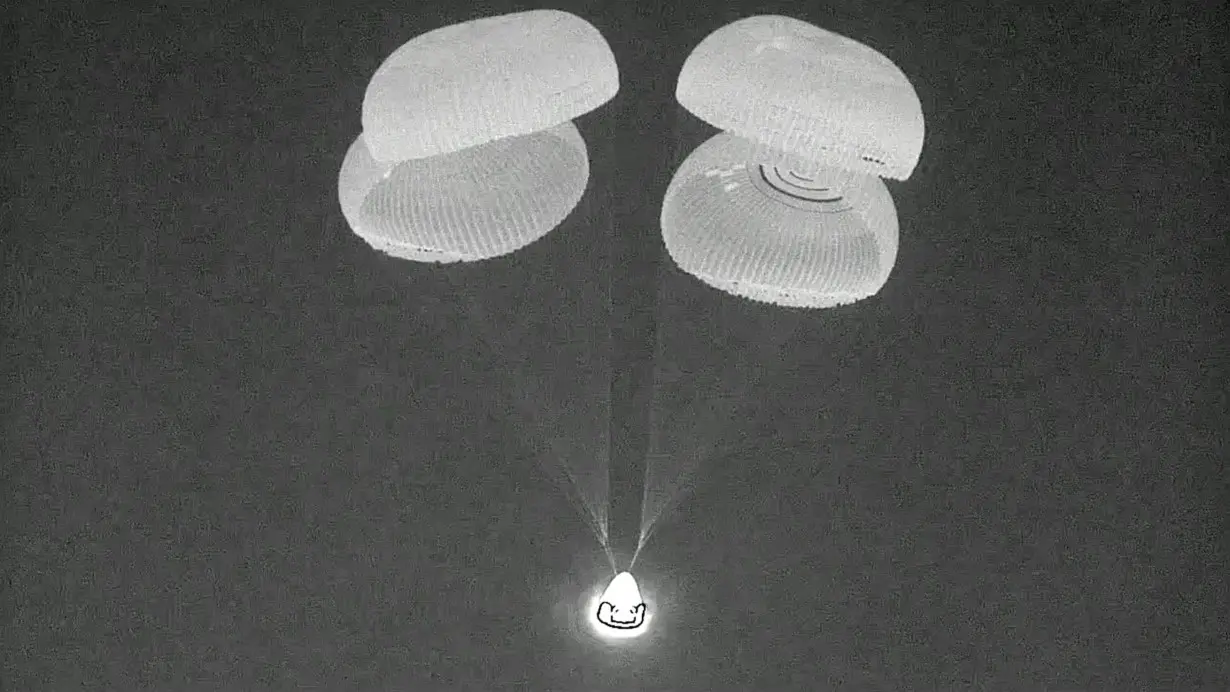 SpaceX via CNN Newsource
SpaceX via CNN Newsource






